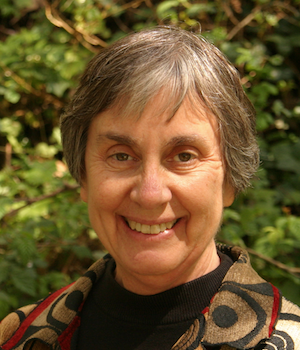Lunch @UCSF with Jennifer Puck – Beyond ‘Bubble Boy’: A CRISPR Cure for SCID?
Lunch @UCSF with Jennifer Puck – Beyond ‘Bubble Boy’: A CRISPR Cure for SCID?
DOWNLOADABLE GUIDE TO SUNDAY EVENTSIn 1976, the TV movie “The Boy in the Plastic Bubble” portrayed the life of David Vetter, a boy with an improperly functioning immune system. While the movie ended with the protagonist growing up and riding away on horseback with his love interest, in real life David Vetter died at age 12 following a failed bone marrow transplant.
Today children like Vetter with severe combined immunodeficiency (SCID) can expect to enjoy a normal lifespan, and that is partly due to the work of Jennifer Puck, who has studied SCID for more than 20 years and developed a widely used newborn screening test in 2006. Before screening, it was difficult to know which babies had SCID until they got sick, and many died after contracting illnesses that their immune systems couldn’t fight. Moreover, a 2014 study by Puck found that SCID was almost twice as common as previously thought, striking 1 in 58,000 newborns rather than previous estimates of 1 in 100,000.
Puck has worked extensively with members of the Navajo Nation, who have a genetic disposition to SCID. She is a member of the Innovative Genomics Institute, co-directed by UC Berkeley’s Jennifer Doudna and UCSF’s Jonathan Weissman, which is devoted to advancing the use of CRISPR-Cas9 gene-editing technology in both basic biology and the treatment of human disease.
Puck believes that CRISPR-Cas9 and related technologies offer great promise in illnesses such as SCID that are caused by point mutations, though she remains cautious about the approach. As such, she was cosignatory of the much-publicized 2015 manifesto in Science, “A Prudent Path Forward For Genomic Engineering And Germline Gene Modification.”
Registration is required.

